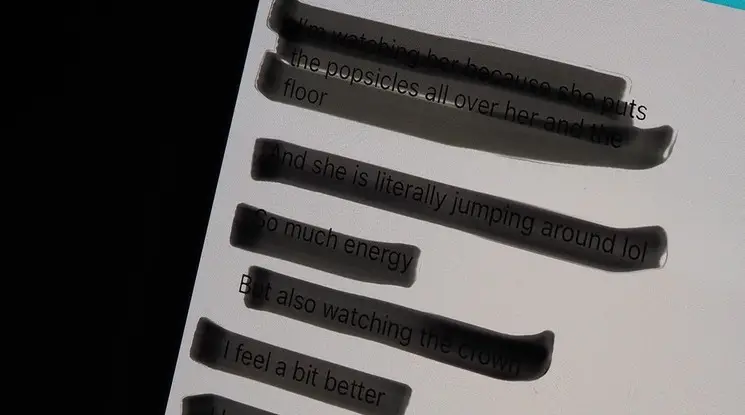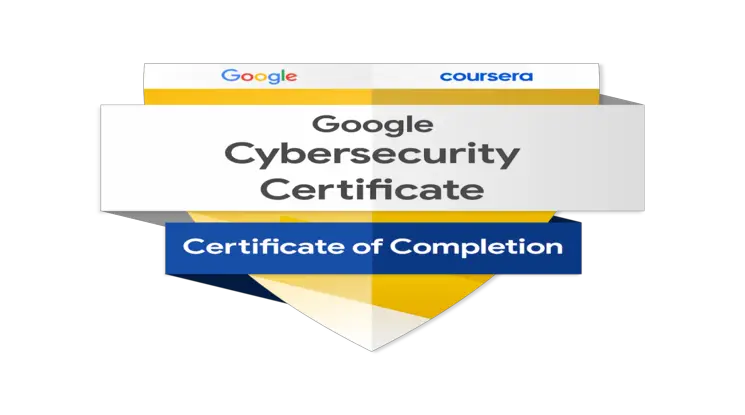In an era where information is both power and vulnerability, the act of redacting or blacking out text has become a common practice. Governments, organizations, and individuals often use this technique to protect sensitive information. However, curiosity often leads individuals to seek ways to uncover the concealed text beneath the blackout. In this blog, we will explore various methods that individuals might use to reveal blacked-out text.
Light and Transparency:
One of the simplest methods to uncover blacked-out text is by using light and transparency. Hold the document up to a strong light source, and examine it closely. Sometimes, the black marker or ink used for redaction may not completely block the text, allowing light to reveal portions of the concealed information. This method is surprisingly effective, particularly with poorly executed redactions.
Digital Image Editing Software:
In the digital age, many documents are stored electronically, and redactions are often done using image editing software. In such cases, one can try using software like Photoshop or GIMP to manipulate the contrast and brightness of the document. By adjusting these settings, you may enhance the visibility of the blacked-out text, making it easier to decipher.
Infrared Imaging:
For more sophisticated cases, infrared imaging can be employed to reveal hidden text. Infrared light has the ability to penetrate certain types of black ink, making the concealed text visible. Specialized equipment is required for this method, making it more suitable for professionals or researchers dealing with highly sensitive documents.
Chemical Solvents:
Physical redaction, often done with markers, can sometimes be susceptible to certain chemical solvents. Acetone, for example, can dissolve certain types of black ink without damaging the underlying paper. However, this method requires caution, as it can easily damage the document if not executed carefully.
UV Light:
Ultraviolet (UV) light can be used to reveal text that has been redacted with specific markers. Some black inks used for redaction react differently to UV light, becoming transparent or less visible. By exposing the document to UV light, one may uncover hidden information. However, it’s crucial to note that not all black inks respond to UV light, so this method may not be universally applicable.
Digital Forensics Software:
In cases where blacked-out text is part of a digital document, digital forensics software can be employed. These tools analyze the metadata, document history, and layers within a digital file, sometimes revealing text that has been redacted or covered up. Professionals in the field of digital forensics use these tools to uncover hidden information in legal and investigative contexts.
Pattern Analysis:
For hand-redacted documents, careful observation of patterns in the redaction marks can sometimes give clues about the hidden text. If the redactor used a ruler or guide, faint lines may be visible, providing an outline of the concealed words. Analyzing these patterns may help reconstruct the blacked-out text.
Conclusion:
While the act of uncovering blacked-out text may pique one’s curiosity, it is crucial to approach this endeavor with a sense of responsibility and respect for privacy and security. Unauthorized attempts to reveal redacted information can have legal consequences and ethical implications. These methods are presented for informational purposes only, and individuals should exercise discretion and adhere to the law when dealing with sensitive documents.




